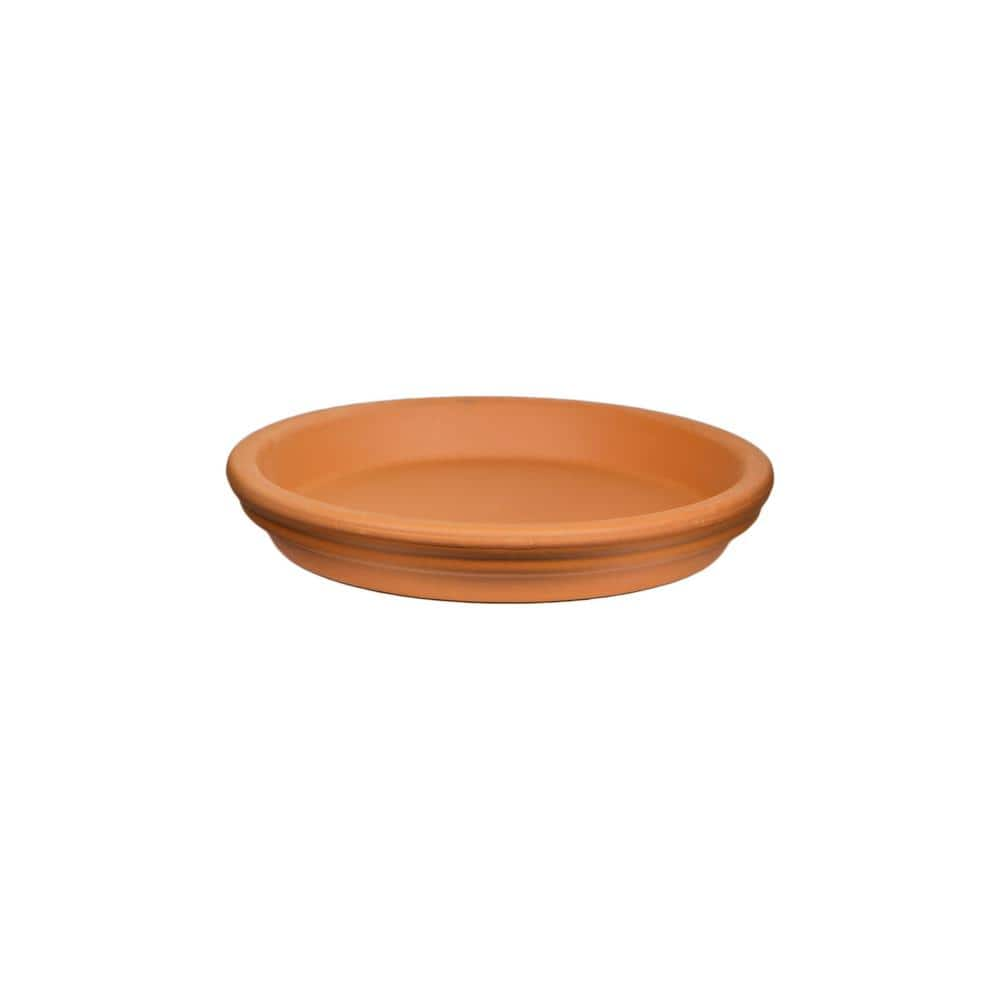Foxyxmulder
New Member
We purchased a baby Sulcata and he arrived via mail cross country yesterday. He was doing ok, not too too active but moving around and going to eat then sleeps. But last night he went in a corner to sleep and since hasn’t been “voluntarily “ active. I moved him into a warm soak but he didn't budget at all in the soak. When I placed him in food dish with fresh greens he just went to sleep and then he moved out of dish(himself) and went back to the corner and went back to sleep…is that super normal or am I doing something incorrectly? He seemed more active yesterday. Would sleep for hour then wake up go eat then wander then sleep. But today, nada. I know he just had a super long trip but I am a paranoid mama.
Humidity is at 40-50 heat at ambient 80 with hotspot of 85-90 from heating element.
UVB (non coil) also available.
Water was warm for soaking with heater under rock
Bedding is coco fibre/cypress mix with hay strewn around.
Greens I have endive, romaine, diced prickly pear cactus and some moistened tortoise blocks.
No top to his inclosure
I am expecting a better heating element (ceramic) tomorrow and a humidifier.
Humidity is at 40-50 heat at ambient 80 with hotspot of 85-90 from heating element.
UVB (non coil) also available.
Water was warm for soaking with heater under rock
Bedding is coco fibre/cypress mix with hay strewn around.
Greens I have endive, romaine, diced prickly pear cactus and some moistened tortoise blocks.
No top to his inclosure
I am expecting a better heating element (ceramic) tomorrow and a humidifier.

